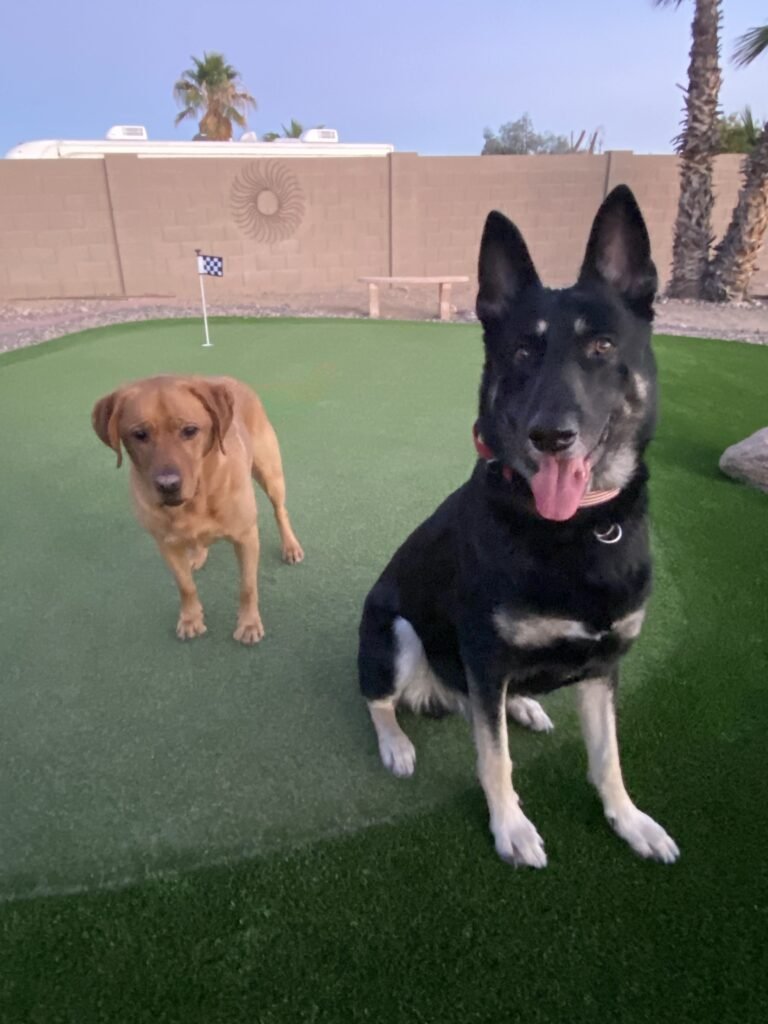Understanding Pet Turf Odors
What Causes Pet Turf Odors?
Pet turf odors primarily stem from the accumulation of pet urine and feces. When pets relieve themselves on synthetic turf, the waste can seep into the turf fibers and backing, leading to unpleasant smells. The primary culprits are ammonia and other compounds found in urine, which can produce strong odors as they break down. Additionally, bacteria and other microorganisms thrive in the warm, moist environment created by pet waste, further contributing to the odor problem.
Another factor that can exacerbate pet turf odors is the type of infill used in the turf. Some infills, such as silica sand, do not have odor-neutralizing properties and can allow odors to persist. In contrast, infills designed specifically for pet use, like Zeofill, can help mitigate these smells by absorbing and neutralizing the ammonia in urine. Understanding the science behind these odors is crucial for effectively managing and preventing them.
The Impact of Arizona’s Climate on Turf Smell
Arizona’s hot and dry climate can exacerbate pet turf odors. High temperatures accelerate the breakdown of organic matter, intensifying the smell. Additionally, the lack of rainfall means that natural rinsing is minimal, allowing odors to linger longer. The intense sun can also cause the turf to heat up, further amplifying the odor. This combination of heat and dryness creates a challenging environment for maintaining fresh-smelling turf.
Moreover, the arid climate can lead to the buildup of salts and other minerals from pet urine, which can crystallize and become more difficult to remove over time. These mineral deposits can trap odors and make them more persistent. Therefore, it’s essential to adopt a proactive approach to turf maintenance, especially in regions like Arizona, to keep pet odors under control.
Preventing and Maintaining Pet Turf Odors
Regular Rinsing of Turf
One of the most effective ways to prevent pet turf odors is through regular rinsing. Using a garden hose to rinse the turf can help wash away urine and other debris, reducing the buildup of odor-causing compounds. It’s recommended to rinse the turf at least once a week, or more frequently if you have multiple pets. Regular rinsing not only helps in odor control but also prevents the accumulation of bacteria and other harmful microorganisms.
In addition to regular rinsing, using a mild, pet-safe detergent can enhance the cleaning process. This can help break down organic matter more effectively and leave the turf smelling fresh. It’s important to ensure that any cleaning products used are safe for pets and do not damage the turf fibers.
Using Zeofill for Odor Control
Zeofill is a natural, non-toxic infill that can be used to control pet turf odors. It works by absorbing and neutralizing ammonia from pet urine, preventing the formation of strong odors. Zeofill is also safe for pets and children, making it an excellent choice for maintaining a fresh-smelling turf. Unlike other infills, Zeofill has a high absorption capacity, which means it can hold more liquid and neutralize more odors over time.
Another advantage of using Zeofill is its long-lasting effectiveness. Unlike some odor control products that need frequent reapplication, Zeofill can continue to neutralize odors for an extended period. This makes it a cost-effective solution for pet owners looking to maintain their synthetic turf. Additionally, Zeofill is environmentally friendly and can be safely disposed of when it eventually needs to be replaced.
Routine Professional Turf Cleaning
In addition to regular rinsing and using odor control products, routine professional turf cleaning is essential. Professional cleaning services can provide a deep clean that removes embedded waste and bacteria, ensuring your turf remains odor-free. It’s advisable to schedule professional cleaning at least twice a year. Professional cleaners have specialized equipment and cleaning solutions that can reach deep into the turf fibers and backing, providing a thorough clean that regular rinsing cannot achieve.
Furthermore, professional cleaning services can also inspect the turf for any damage or wear and tear that may need attention. This proactive approach can help extend the life of your synthetic turf and ensure it remains in optimal condition. Regular professional maintenance, combined with your own cleaning efforts, will keep your turf looking and smelling its best.
Conclusion
Summary of Key Points
- Pet turf odors are primarily caused by the breakdown of pet urine and feces.
- Arizona’s hot and dry climate can intensify turf odors.
- Regular rinsing, using Zeofill, and routine professional cleaning are effective methods for preventing and maintaining pet turf odors.
- Understanding the science behind pet turf odors and the impact of climate is crucial for effective odor management.
- Using pet-safe cleaning products and professional services can enhance the longevity and appearance of your turf.
Encouragement for Proper Maintenance
Maintaining a fresh and odor-free pet turf requires consistent effort and the right products. By following these tips, you can ensure your synthetic turf remains a pleasant and hygienic space for both you and your pets. Regular maintenance not only keeps odors at bay but also extends the life of your turf, providing a long-lasting, beautiful landscape for your home. Investing in quality products and professional services will pay off in the long run, ensuring your turf remains a valuable and enjoyable part of your outdoor space.
I hope this quick article helps you out with your stint turf! If you have any further questions or need additional details, feel free to let us know.
All Valley Turf

